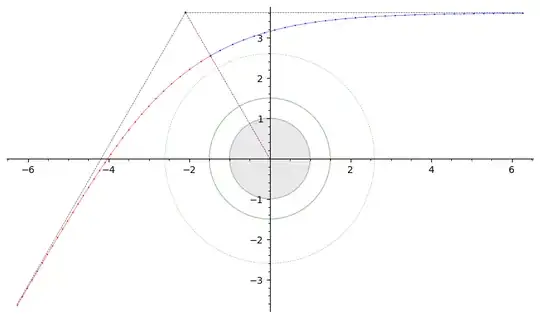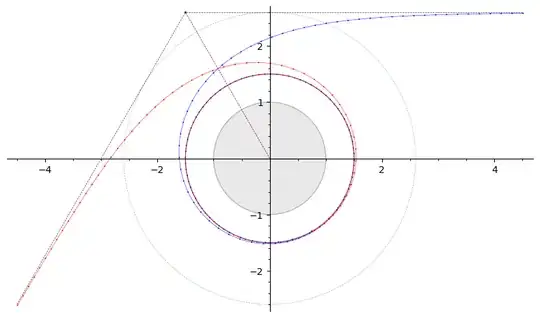Yes and no. ;)
In this answer, I'll only discuss photon trajectories in the Schwarzschild metric. Trajectories around Kerr black holes are more complicated. I'll use units such that the Schwarzschild radius equals $1$.
Schwarzschild photon trajectories can do things that aren't possible in Newtonian gravity. In particular, a fast body in Newtonian gravity gets deflected in a hyperbolic trajectory. However, in GR, a photon can make one or more loops around a black hole (or neutron star) before travelling on.
We can describe the trajectory in terms of the impact parameter $b$: the closest distance from the trajectory to the centre of the BH if there were no gravity.
The critical impact parameter is $b_0 = 3\sqrt3/2 \approx 2.59807621$. If $b>b_0$ then the photon is deflected. If $b<b_0$ the photon will fall below the photon sphere and cross the event horizon. In either case, the photon can make a number of loops around the BH. The closer its $b$ is to $b_0$, the more loops it makes. So if $b$ is very close to $b_0$ it can make an arbitrarily large number of loops.
Here's a trajectory with $b=3.62001264240871876$, which gets deflected by $60°$.

The greenish circle at $1.5$ is the photon sphere. The radius of the dashed circle is $b_0$.
Here's a trajectory with $b \approx 2.59807621533240768089$, which gets deflected by $1140°$. So it's similar to the previous trajectory, except that it does 3 loops before escaping.

Both of these trajectories were calculated using Carlson's algorithm for evaluating elliptic integrals, with high precision arithmetic. (The dots on the trajectories are computed using elliptic integrals, the connecting curves are cubic Bézier curves).
I have further details and diagrams in this answer, and this more recent answer.
So on first analysis, a photon trajectory with impact parameter $b=b_0$ feeds into the photon sphere and stays there indefinitely. However, that orbit is unstable. The slightest perturbation will throw the photon out of the photon sphere. So indefinite photon sphere orbits are purely theoretical. They can only happen in a universe with no perturbing influences.
But on further analysis, the photon cannot orbit indefinitely even in those ideal conditions. The photon-black hole system radiates gravitational radiation, so the orbiting photon is doomed to fall out of the photon sphere. Of course, the power of that radiation is ridiculously tiny, even compared to the energy of a single photon. But it is non-zero, so we can't neglect it.
As I mention in the 1st linked answer above, in Divergent reflections around the photon sphere of a black hole, (published in Scientific Reports, a Nature Portfolio journal), Albert Sneppen gives a nice equation for the number of loops (originally given as Eq. 269 in Chandrasekhar's The Mathematical Theory of Black Holes). Let $b=b_0+\delta$. If this trajectory makes $n$ loops then the trajectory with $b=b_0+\delta e^{-2\pi}$ is almost identical except it makes $n+1$ loops. This applies to both trajectories with $\delta>0$, which escape, and to trajectories with $\delta<0$, which end up plunging into the event horizon. The trajectory with $b=2.6013402014052278804$ is deflected by almost exactly $360°$, i.e., it makes one loop before continuing on its original path.

